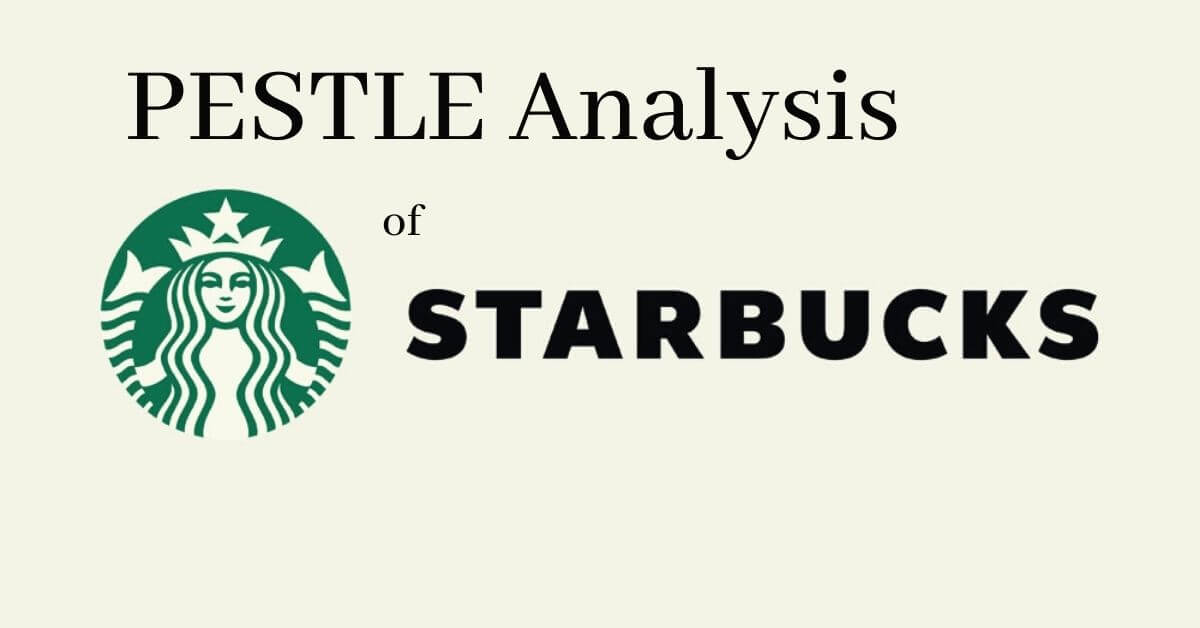Pestle analysis of Vietnam. The Socialist Republic of Vietnam is a Southeast Asian country situated in the peninsula f Indochina. The country shares the border with the South China Sea, Malaysia, Indonesia, Philippines, Gulf of Thailand, Cambodia, Laos, and China. Hanoi is the capital of Vietnam.
Approximately more than 97.8 million people are population country, and it’s the 16th world’s most populated country. The total area of Vietnam is 128,070 square miles, and it’s the 66th world’s largest country in terms of size and area.
Vietnam has a very old history dating back to the early Paleolithic Age. Han Dynasty made Vietnam a part of China in the 2nd century BC. The independent monarchies started emerging in the 10th and paved the way for the imperial dynasty. French colonists invaded the country in the 19th century. Vietnam finally gained its independence from France in 1945.
The victory against France in the Indochina War in 1954 divided the country into North Communist and South Anti-Communist poles. The conflict ended in 1975 with the victory of the North Communist party and it reunified the country.
Today, we’ll discuss the pestle analysis of Vietnam. It would analyze the macro-environmental factors of the world’s leading developing Asian country. Here’s the pestle analysis of Vietnam as follows;
Political factors impacting Vietnam
Government System
Vietnam follows the unitary Communist system of government. The country has one socialist republic communist party of Vietnam and it controls the whole country. The elected President is the commander in chief of the military and head of the state, whereas the Prime Minister is the head of the government.
It’s worth noting it here that Vietnam follows the socialist philosophy for political matters, and the capital ideology for her economy.
Diplomatic Alliances
Vietnam has established diplomatic relations with over 178 countries of the world. She has developed alliances with global institutions like WTO, APEC forum, ASEAN, UN, and Non-Aligned Movement. However, Vietnam has a very conflicting history with the USA, but both countries have buried the hatches for the past two decades.
Human Rights Issues
According to a report published by Human Rights Watch in 2020, the condition of human rights and freedom of speech is very poor. Forceful imprisonment of the political opponent and restriction on the political public gathering is the order of the day.
Corruption is a severe problem in Vietnam, and the government has been taking various steps to reduce corruption since 2016. The Communist Party of Vietnam controls the social media platforms, journalists, and media. It results in the form of censorship of all the controversial and critical news that are against the government.
Economical factors affecting Vietnam
GDP
According to an estimate, the annual nominal GDP of Vietnam in 2020 was 340.602 billion dollars, and it’s 35th world’s highest. Out of which, the per capita income of the country was 3,498 dollars, and it’s 115th world’s highest.
Exports & Imports
Vietnam’s main exports are leather footwear, textile footwear, integrated circuits, telephones, and broadcasting equipment. She exports it to Germany, South Korea, Japan, China, and the USA.
However, Vietnam’s top imports are textile fabrics, accessories, instruments, and spare parts of mobile phones, telephones, electrical products, and computers. She imports it from Singapore, Hong Kong, South Korea, Japan, and China.
Taxes
Vietnam has a corporate tax rate of 20%, and the personal income tax rate ranges from 50% to 35% depending upon the income. However, the tax rate for oil and gas companies ranges from 32% to 50% depending upon their earnings.
Social factors affecting Vietnam
Demography
Approximately 97 million people are populating Vietnam. 73% of the people don’t believe in any religion, 14.9% are Buddhist, 8.5% are Christians, 1.5% people believe in Hoahaoism, and 1.2% people believe in Caodaism. However, the average life of men and women is 93 and 81 years old. Vietnamese is the official language of the country.
Vietnamese people have a kind and friendly nature. However, the middle class has been growing at an exponential rate, and it would reach 26% by the end of 2026.
Extorting Tourists
Many tourists have reported that the local Vietnamese people treated them badly, overcharged, and used them. However, some people have claimed that they had a memorable time in the country.
Social Challenges
Vietnam is been facing severe social challenges like an increasingly aging population, and the gap between rich and poor class is increasing much higher. However, the country’s economic growth doesn’t seem to bridge the gap between rich and poor.
Technological factors impacting Vietnam
Tech Growth
The Vietnamese government is taking steps like developing tech institutions to produce a tech workforce, low-cost policies to attract foreign investors, and promoting the startup culture. According to an estimate, approximately over 220 foreign and 700 local tech companies are working in infrastructure, hardware, and software development.
Vietnam is offering IT services like education technology, software outsourcing, E-commerce, artificial intelligence, and fin-tech. In fact, she’s the world’s 8th largest IT service provider. However, many tech companies and relocating their production units in Vietnam, and the country is still facing the challenge of the limited skilled professional workforce.
Legal factors affecting Vietnam
Regulations
Vietnam allows and encourages foreign companies to invest and operate their business in the country. The government has legally made it easier for companies, and now they can easily create a limited liability company.
The National Assembly of Vietnam introduced new labor laws in 2019, and it has been active since January 2021. However, it has made many amendments in the labor law.
Environmental factors affecting Vietnam
Environmental Challenges
The exploitation of natural resources and economic growth has resulted in the form of many challenges, and it jeopardizes the country’s economic growth in the long term. Air and water pollution has had a very bad impact on the health of workers and ordinary.
Most importantly, Vietnam has faced many environmental disasters like typhoons, floods, earthquakes, droughts, and volcanic eruptions are some of top.
Tourism
Vietnam falls under the category world’s most beautiful country. Approximately 18 million people visit the country annually. She’s home to the 8th world’s heritage sites of UNESCO. The tourism industry played a significant role in shifting the country from an agrarian to a service industry. However, the pandemic crisis has turned out to be very dangerous to tourism.
Conclusion: Vietnam Pestle Analysis Example Country
After a careful study of the pestle analysis of Vietnam, we have realized that Vietnam is indeed the world’s leading developing Asian country. The limited skilled workforce, natural disasters, pollution, and aging population are some main challenges. Vietnam should utilize its resources to address these issues; while paying heed to the external political, economical, social, technological, legal, and environmental factors impacting the country.

Ahsan Ali Shaw is an accomplished Business Writer, Analyst, and Public Speaker. Other than that, he’s a fun loving person.


